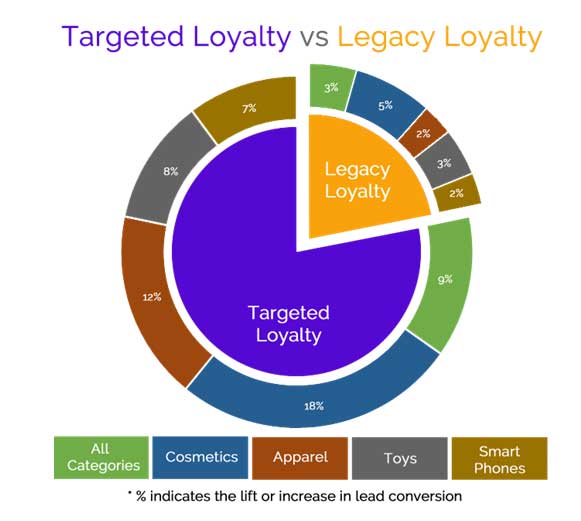The Internet is teeming with buyers, consumers and advertisers! In fact, reports indicate that United States alone has over 52,000 active online retailers. An average individual receives over 20,000 marketing messages per day?All these when the general consumer attention span is just about 5 seconds!
As a seller you have that 5 seconds to get the consumers attention. For this you need to understand their behavior, interests and preferences?what exactly are they looking for? Will they buy now? What will they pay for it? And suggest the right product or service at the right time. This is where Big Data Science comes into play. Revealing the valuable secrets hidden in the zillion terabytes of data created everyday can enable you to create a personalized experience for the consumer.
Data-driven techniques have ushered an era of extreme targeting and personalization especially in the areas of advertising and eCommerce. Every digital cookie crumb, every action (or inaction) is recorded, aggregated, and analyzed to the minutest of details. But do businesses actually see any improvement in conversions, revenues or loyalty through this extreme data-centric approach?
To answer this question, let us look at the performance of two contrasting loyalty programs:
- The Legacy Loyalty program: A generic, untargeted, one-size-fits-all technique. It was used to send emails, and text messages with links to coupons. In fact, it only used the consumer?s email and phone number; it did not take into account customer demographics, past purchase history, browsing habits or any other digital information. While this program was easy to deploy, it only improved sales minimally.
- The Targeted Loyalty program: This program takes into account every aspect of the consumer profile and his/her behavior over time. Since the data necessary for analysis and targeting can only be collected over time, the program started with the one-size-fits-all, legacy approach and evolved over time to be smarter and personalized. The emails and the text messages were targeted based on customer profile, browsing/purchase/return history, and product inventory. Also, it integrated many disparate data sources, crunched through millions of records everyday, and used a lot more computing resources and special targeting algorithms.
A mid-sized eCommerce company deployed both the Loyalty programs simultaneously for three months (A/B testing) on a select set of product categories to measure and compare the outcomes of the two approaches.
Not surprisingly, the company?s existing Legacy Loyalty program indicated a meager 3% increase (it was considered meager only because the baseline was small), while the Targeted program showed a higher conversion rate of 9%.
The Legacy Loyalty program was non-personalized; the marketing messages were the same for every consumer, whether they were looking for apparel, toys, cosmetics, or consumer electronics. On the other hand, the Targeted Loyalty program provided personalized recommendations based on Big Data Science techniques resulting in higher conversion rates.
Today?s consumers have absolutely no time for clutter. Irrelevant information is cast side even before the first glance. A more refined approach as presented by the Targeted Loyalty program connects the Consumer with goods and services they need, thus increasing sales, higher customer satisfaction, and overall business efficiency.



Comments